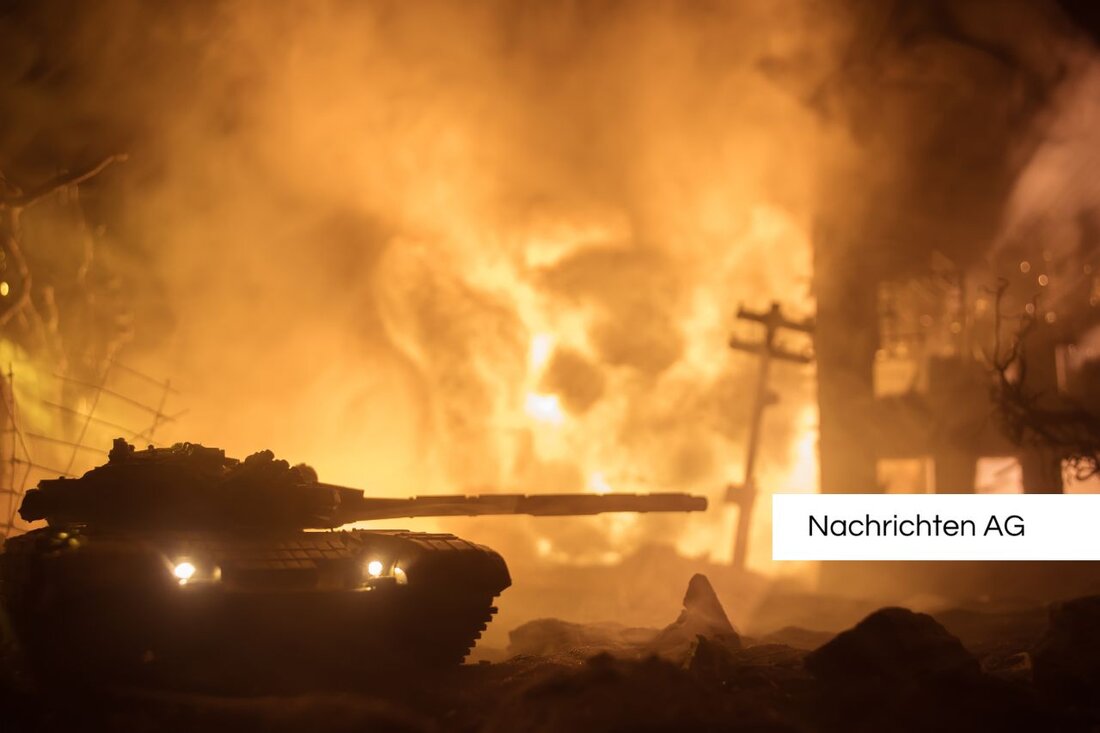Controversy around Langemarckstraße: History in the city museum Eschwege
Controversy around Langemarckstraße: History in the city museum Eschwege
The controversy around Langemarckstrasse has many German cities, and especially in Eschwege there have been heated debates about this street name for years. This street, named after the Belgian community of Langemark, is reminiscent of a bloody battle in the First World War, in which around 2,000 German soldiers lost their lives. The myth, which spun around this place, was strongly influenced by nationalist propaganda that the fallen soldiers glorified as heroes and thus wanted to conceal the terrible losses of war. Today is the hiking exhibition "Langemarckstraße. Abused history or memory?" To see in the city museum in Eschwege, which can be visited by August 17, 2025 and invites you to deal intensively with this topic. As reported as the Werra Rundschau should help to educate and make the peace about the history of Langemarck to promote between the nations.
The first long ceremony took place in 1919 and attracted 15,000 people who rose in patriotic feelings. In Eschwege, too, the road was named in honor of these events in Eschwege. But after the Second World War, the name was temporarily changed in Rathenau-Straße before deciding on Langemarckstrasse again in 1951. This decision runs through many German cities, where the name remains controversial. One example is Bad Wildungen, where in the 1990s was also debated about a renaming, but was ultimately decided to keep the name.
The origins of the myth
Langemark gained great importance during the First World War, the myth of Langemarck, which joined it, strengthened the national identity of many German students and young people. National Socialists propagated the "Spirit of Langemarck" from 1933, which the fallen as symbols for heroism and willingness to sacrifice. The Search of traces Bremen pointed out that the mayor of Bremen in 1934 inaugurated a memorial for the fallen Bremen and then renamed local roads in Langemarckstrasse to further spread this spirit.
A critical examination is necessary
The exhibition in Eschwege is a step to promote a critical examination of the history of Langemarckstrasse. The efforts to emphasize peace among the peoples are particularly important in a Europe that always faces challenges. Despite the proximity to the story, many critics remain that are committed to renaming the street and question the glorification of war and militarism. The wikipedia that after the Second World War the myth of Langemarck lost in importance and discussions about the renaming of roads that are named to Langemarck again and again.
The hiking exhibition, which connects a number of cities, is an integrative approach to shed light on the stories behind such names. A good hand is needed to lead a respectful dialogue about such a complicated and contaminated past. This is the only way to strengthen peace and create a common culture of remembrance that does not end in glorified glorification.
| Details | |
|---|---|
| Ort | Eschwege, Deutschland |
| Quellen | |


Kommentare (0)